
Welcome to the vibrant world of Polish fashion, where tradition meets innovation and creativity knows no bounds! Step into a realm where rich cultural heritage intertwines with modern flair, and every stitch tells a story of the past and present.
Whether you’re a fashion enthusiast eager to explore the intricate tapestry of Poland’s folk costumes or a trendsetter seeking the latest designs from emerging Polish designers, you’ve come to the right place. Join us on a journey through Poland’s fashion history, where every garment is a celebration of diversity, craftsmanship, and the enduring spirit of creativity. Welcome to the colourful and captivating world of Polish fashion!, Poland Fashion.
Welcome to the enchanting realm of Polish fashion, where history, culture, and innovation converge to create a tapestry of style unlike any other. Nestled in the heart of Europe, Poland boasts a fashion heritage as rich and diverse as its landscape. From the quaint villages of the countryside to the bustling streets of its cosmopolitan cities, Poland’s fashion story unfolds with each thread, weaving together a narrative that spans centuries.
At the heart of Poland’s fashion identity are its traditional costumes, each a testament to the country’s cultural heritage and regional diversity. These vibrant garments, adorned with intricate embroidery and symbolic motifs, offer a glimpse into the customs and traditions of generations past. From the colourful highlander costumes of the Tatra Mountains to the elegant attire of the Polish nobility, these timeless pieces serve as a source of inspiration for modern designers and fashion enthusiasts alike.
But Poland’s fashion story doesn’t end with tradition. In recent decades, the country has emerged as a dynamic force in the global fashion scene, with a growing number of designers making waves both at home and abroad. With a keen eye for innovation and a deep appreciation for craftsmanship, Polish designers are redefining the boundaries of style, blending tradition with modernity to create unique and captivating designs.
Embracing Tradition and Modernity: A Journey Through Poland’s Fashion History
Join us as we embark on a journey through Poland’s fashion history, exploring the rich tapestry of styles, influences, and trends that have shaped this vibrant industry.
From the cobblestone streets of Krakow to the runways of Warsaw, discover the allure of Polish fashion and the enduring legacy of its creative spirit.
1. The Rich Tapestry of Poland’s Fashion History
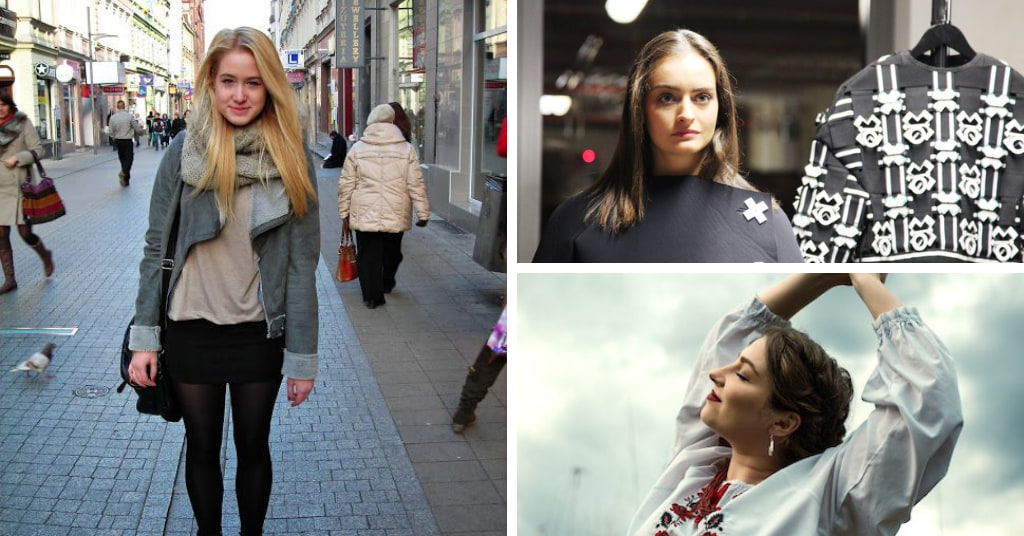
2. Traditional Polish Clothing: Preserving Cultural Heritage
Poland’s fashion history is deeply rooted in its rich cultural heritage, with traditional clothing playing a significant role in preserving the country’s customs and traditions. From the colorful folk costumes of rural villages to the elegant attire of the nobility, traditional Polish clothing, known as “stroje ludowe,” reflects the diverse regional identities within the country.
Read this also:- Best 13 Fashion Sneakers that you need to invest in 2024
These garments are often adorned with intricate embroidery, vibrant patterns, and symbolic motifs, showcasing the craftsmanship and artistry of generations past. The preservation of traditional Polish clothing is not only a matter of cultural pride but also serves as a source of inspiration for contemporary fashion designers seeking to infuse their creations with a sense of heritage and authenticity.
3. The Influence of Historical Periods: Shaping Poland’s Fashion Identity
Throughout its history, Poland has been influenced by various historical periods, each leaving its mark on the country’s fashion landscape. From the opulent attire of the Renaissance to the utilitarian clothing of the communist era, these influences have shaped Poland’s fashion identity in unique ways. For example, the Renaissance period saw a flourishing of artistic expression in Polish fashion, with elaborate garments adorned with luxurious fabrics and intricate embellishments.
In contrast, the communist era brought about a more uniform style characterized by practicality and simplicity, reflecting the social and economic realities of the time. Despite these shifts, elements of Poland’s cultural heritage remained woven into the fabric of its fashion, serving as a constant reminder of the country’s rich history and resilience.
4. Modern Polish Fashion: Embracing Innovation and Creativity
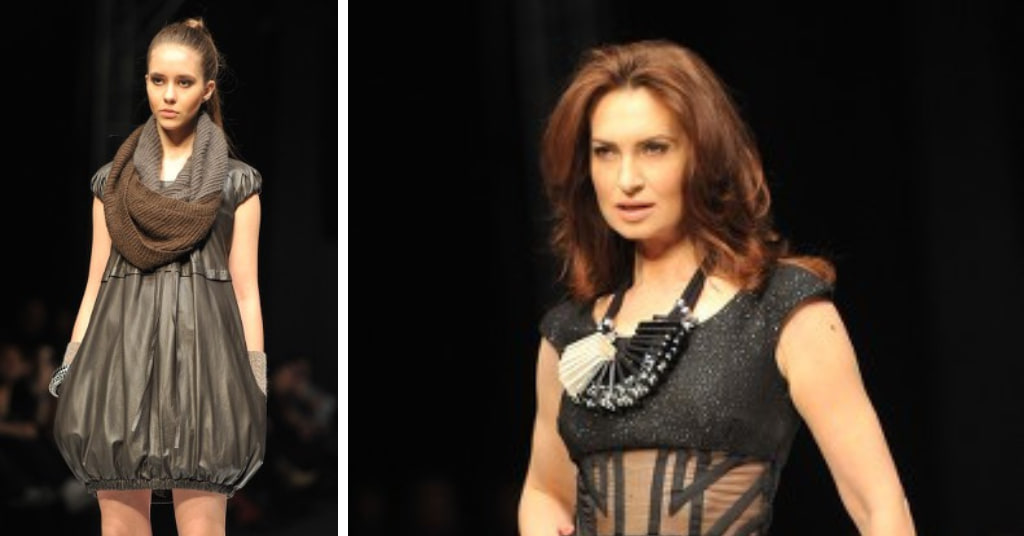
In recent decades, Poland’s fashion industry has undergone a renaissance, with a new generation of designers making waves both at home and abroad. Brands like Reserved, LPP, and Mohito have gained recognition for their innovative designs and contemporary aesthetic.
Read this also:- 25 Best men’s fashion trends to know in 2024
From chic streetwear to elegant evening wear, Polish fashion designers are pushing boundaries and challenging conventions, infusing their creations with a unique blend of tradition and modernity. Fashion events like Fashion Week Poland provide a platform for these designers to showcase their talent and creativity, attracting attention from fashion enthusiasts and industry insiders alike. As Poland’s fashion industry continues to evolve and thrive, one thing is clear: the rich tapestry of Poland’s fashion history will continue to inspire and captivate audiences around the world.
5. Traditional Polish Clothing: Preserving Cultural Heritage
6. Regional Diversity: A Kaleidoscope of Styles
Traditional Polish clothing, often referred to as “stroje ludowe,” encompasses a wide array of styles, each reflecting the unique cultural identity of its region. From the intricate highlander costumes of the Tatra Mountains to the flowing robes of the Lowicz region, these garments serve as a visual representation of Poland’s rich and diverse heritage. Each region boasts its own distinct style of dress, characterized by unique fabrics, colors, and embroidery techniques.
For example, the vibrant costumes of the Kurpie region feature bold geometric patterns, while the costumes of the Kashubia region are known for their delicate floral motifs. Despite these regional variations, traditional Polish clothing shares common elements such as elaborate embroidery, intricate weaving, and meticulous attention to detail, highlighting the craftsmanship and skill of the artisans who create them.
7. Symbolism and Tradition: Decoding the Meaning Behind the Garments
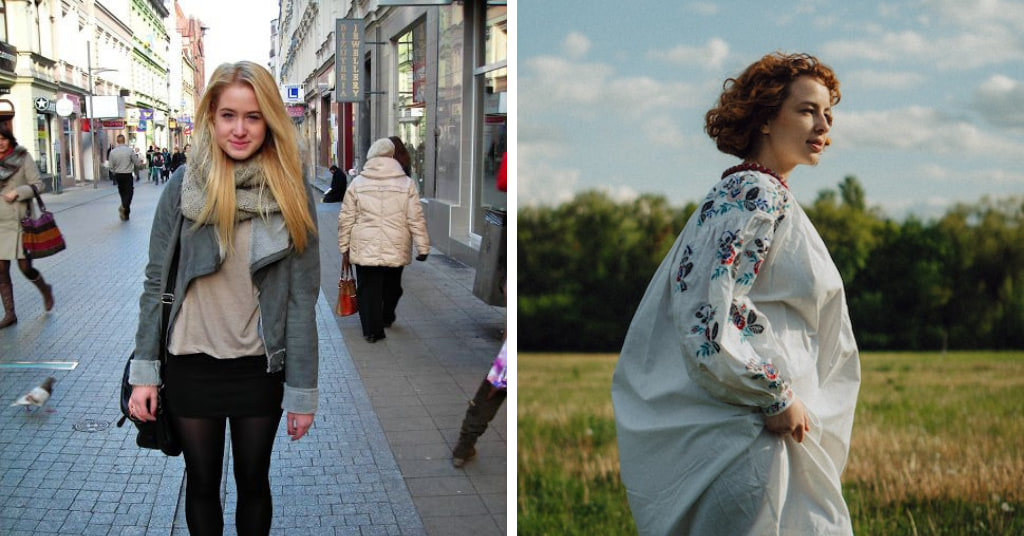
Traditional Polish clothing is not merely decorative; it is imbued with deep symbolic meaning and cultural significance. Every element of the costume, from the colors and patterns to the accessories, tells a story about the wearer’s identity, social status, and religious beliefs.
For example, the colors and motifs found in a woman’s bridal costume may symbolize fertility, prosperity, and marital happiness, while the intricate embroidery on a man’s vest may signify his family’s heritage and lineage. Additionally, traditional Polish clothing is often worn during special occasions and religious ceremonies, serving as a tangible link to the country’s past and a means of preserving its cultural heritage for future generations.
8. Revival and Renewal: Adapting Tradition for the Modern Age
While traditional Polish clothing has deep roots in the past, it continues to evolve and adapt to the changing times. In recent years, there has been a resurgence of interest in folk culture and traditional crafts, leading to a revival of traditional Polish clothing.
Read this also:- Best 10 Fashion Hacks For Groom-To-Be Should Know
Modern designers and artisans are putting a contemporary twist on classic designs, incorporating elements of traditional dress into everyday fashion. For example, traditional embroidery techniques may be used to embellish modern garments or traditional fabrics such as linen and wool may be reinterpreted in contemporary silhouettes. This fusion of old and new creates a dynamic and vibrant fashion landscape that honors Poland’s rich cultural heritage while embracing the creativity and innovation of the present day.
9. The Influence of Historical Periods: Shaping Poland’s Fashion Identity
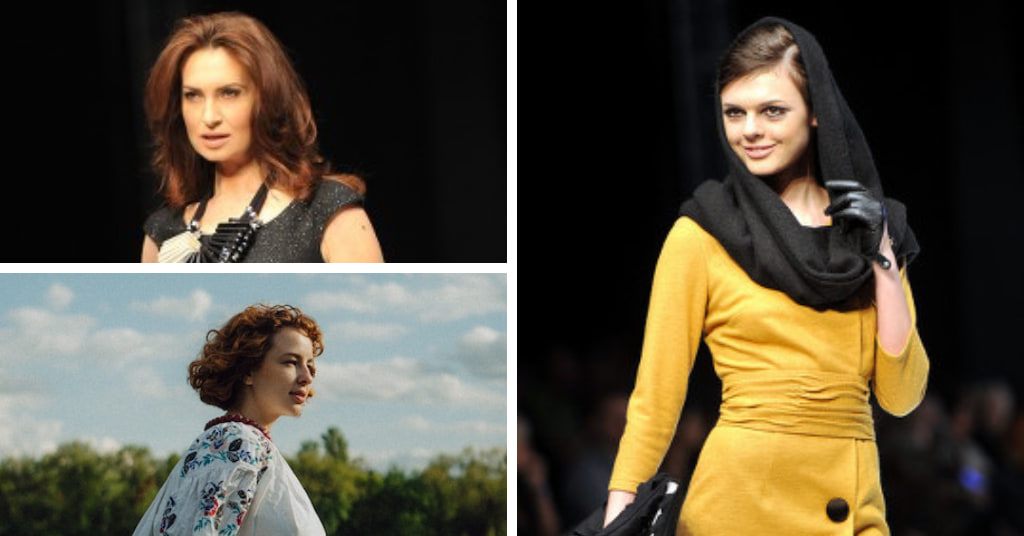
10. Renaissance Elegance: A Golden Age of Polish Fashion
The Renaissance period marked a golden age of artistic and cultural flourishing in Poland, with fashion playing a central role in the expression of wealth and status. Influenced by Italian and French styles, Polish nobility embraced opulent garments adorned with luxurious fabrics, elaborate embroidery, and intricate lacework.
Women’s attire was characterized by voluminous skirts, fitted bodices, and ornate headdresses, while men’s clothing featured doublets, breeches, and ruffled collars. These sumptuous garments served as symbols of prestige and power, reflecting the social hierarchy of the time and the wealth of the Polish aristocracy.
11. Baroque Splendor: Extravagance and Excess
The Baroque period brought a shift towards even greater extravagance and excess in Polish fashion. Influenced by the grandeur of European courts, Polish nobility embraced lavish fabrics such as silk, velvet, and brocade, often embellished with gold and silver thread.
Women’s gowns became more elaborate, with exaggerated sleeves, intricate draping, and elaborate hairstyles adorned with jewels and feathers. Men’s clothing also became more ornate, with elaborate embroidery, jeweled buttons, and lace cuffs and collars. These extravagant garments were a reflection of the wealth and power of the Polish nobility, who spared no expense in showcasing their status and prestige.
12. Communist Era: Uniformity and Practicality
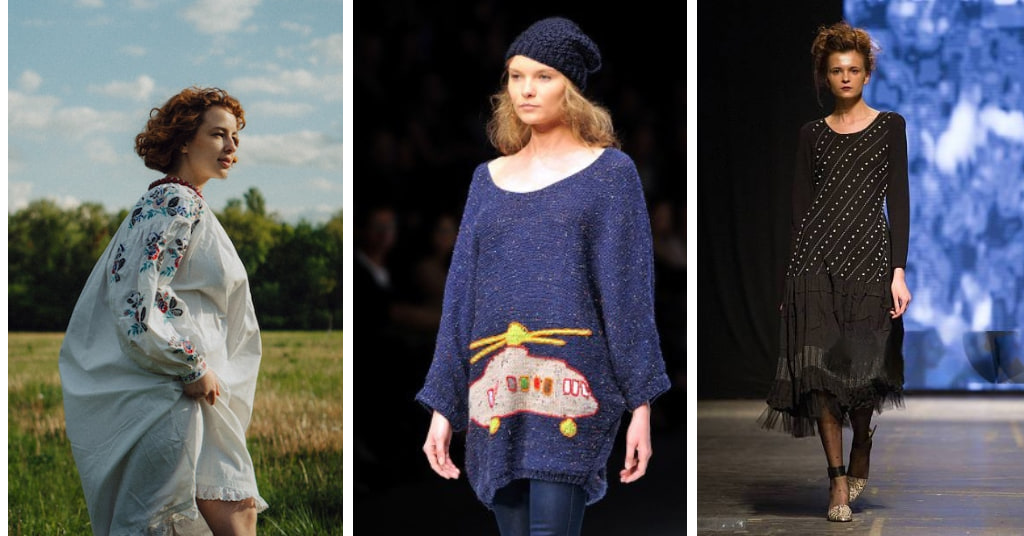
The communist era brought about a dramatic shift in Polish fashion, as the country embraced a more uniform and utilitarian style. Socialist ideology promoted equality and solidarity, leading to a rejection of ostentatious displays of wealth and status & Stylish Winter Outfits Fashion To Invest.
Clothing became more functional and practical, with an emphasis on durability and affordability. Women’s fashion was characterized by simple dresses and skirts, often made from durable fabrics such as cotton and wool. Men’s clothing consisted of suits and trousers, designed for comfort and ease of movement. This era of austerity and simplicity left a lasting impact on Polish fashion, shaping its identity in the latter half of the 20th century.
13. Post-Communist Revival: Embracing Freedom and Individuality
With the fall of communism in the late 20th century, Poland experienced a newfound sense of freedom and openness, which was reflected in its fashion. The post-communist era saw a resurgence of creativity and innovation, as designers embraced new influences and experimented with different styles.
Western fashion trends began to influence Polish design, leading to a fusion of traditional and contemporary elements. Polish designers gained recognition on the international stage, with brands like Reserved and LPP achieving success both at home and abroad. Today, Poland’s fashion industry continues to evolve and thrive, drawing inspiration from its rich cultural heritage while embracing the diversity and dynamism of the modern world.
14. Modern Polish Fashion: A Renaissance in the Making
In recent decades, Poland’s fashion industry has experienced a remarkable renaissance, with designers gaining recognition on the international stage. Brands such as Reserved, LPP, and Mohito have become household names, known for their innovative designs and impeccable craftsmanship.
These brands have successfully carved out a niche in the global fashion market, offering consumers a unique blend of style, quality, and affordability. Additionally, fashion events like Fashion Week Poland have played a crucial role in showcasing the talent and creativity of Polish designers to audiences around the world. These events serve as platforms for emerging designers to debut their collections and network with industry professionals, helping to elevate Poland’s fashion industry on a global scale.
15. Key Elements of Polish Fashion: Tradition Meets Modernity
What sets Polish fashion apart is its ability to seamlessly blend tradition with modernity. Traditional motifs and techniques, such as floral embroidery and folk patterns, are often incorporated into contemporary designs, adding a distinctive touch to modern clothing. This fusion of old and new creates a unique aesthetic that is both timeless and trendsetting. Moreover, Polish fashion embraces diversity in all its forms. Designers draw inspiration from a wide range of sources, including art, history, and nature, resulting in a rich tapestry of styles and influences. Whether it’s a sleek urban ensemble or a bohemian-inspired look, Polish fashion celebrates individuality and self-expression, making it accessible to people from all walks of life.
16. The Future of Polish Fashion: Bright and Boundless
As Poland’s fashion industry continues to evolve, the future looks bright and boundless. With a new generation of designers pushing boundaries and challenging conventions, Polish fashion is poised to make an even greater impact on the global stage. Sustainability is becoming increasingly important in the fashion world, and Polish designers are at the forefront of this movement, exploring innovative materials and production methods to create eco-friendly clothing. In addition, inclusivity is a key focus for the future of Polish fashion, with designers striving to create collections that cater to diverse body types, genders, and cultural backgrounds. With its rich heritage, creative talent, and commitment to innovation, the future of Polish fashion is full of promise and potential.
Conclusion:
In a tapestry of tradition and innovation, Poland’s fashion story unfolds with grace. From its rich heritage of folk costumes to its modern-day global presence, Polish fashion seamlessly blends the old with the new. Brands like Reserved, LPP, and Mohito have earned acclaim for their craftsmanship and creativity.
Fashion Week Poland showcases the nation’s talent, drawing eyes from around the globe. With a commitment to blending tradition with modernity and embracing diversity, Poland’s fashion future shines bright. As the industry evolves, its influence grows, promising a vibrant and inclusive journey ahead on the global fashion stage.
Recommended Readings:-
What's Your Reaction?
Barkha Sachdeva is a B.Com (Hons) graduate from Delhi University. Passionate about crafting content, she enjoys writing about fashion, beauty, technology, and travel. With three years of content writing experience, she possesses valuable insights and ideas in these domains.



